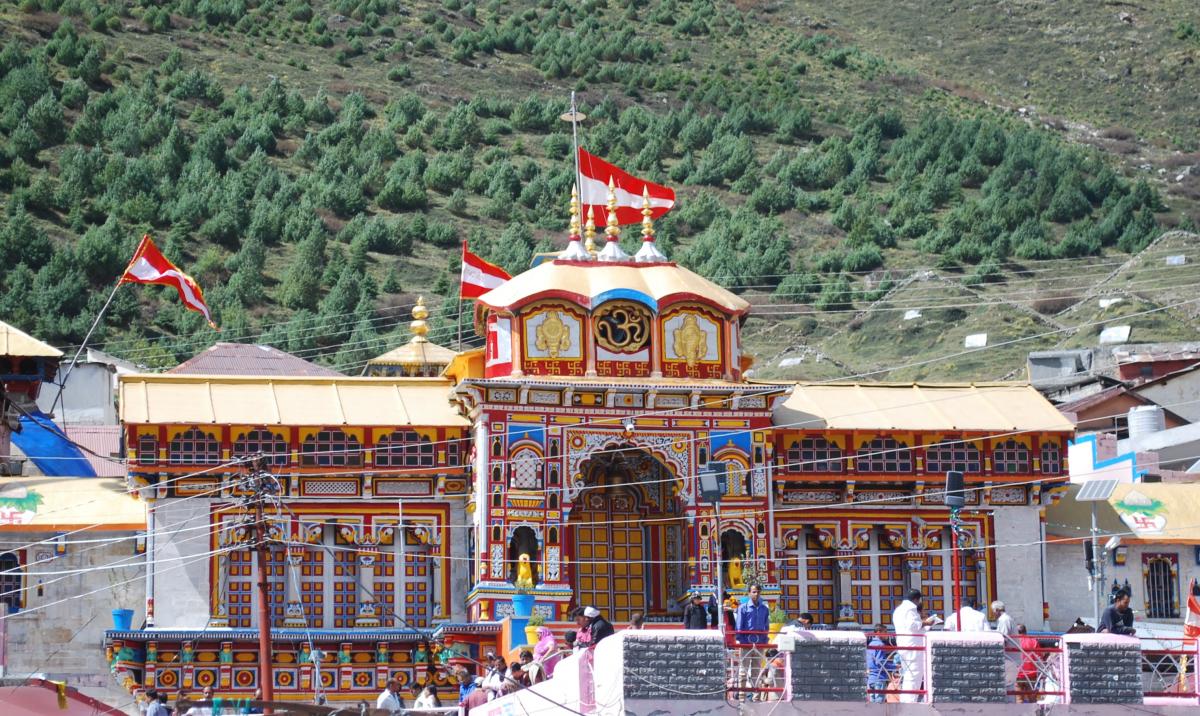by SABRANG

IMAGE/Vishwanath_Negi
The renowned Badrinath temple, a Hindu temple dedicated to Lord Vishnu, situated in the town of Badrinath, Uttarakhand, has recently witnessed a controversy over the author of the 150-years old ‘aarti’ (invocation). While there is a strong, locally held, age-old belief that the aarti was written by a Muslim devotee named Badruddin, a systematic effort to change the narrative has been underway. No points for guessing that this is under the government led by the BharatiyaJanata Party (BJP) who’s ideological fountainhead, the RashtriyaSwayamsevaksangh (RSS) has been committed to a re-writing of Indian history. In 2018, a ‘government official’, laid claims to have found the original manuscript of the invocation, reportedly written by a local (Hindu) Dhan Singh Barthwal. Can this then be another strategy by the Hindu suprmeaciststo wipe out our centuries-old heritage and strong evidence of communal harmony and peaceful co-existence?
Badruddin- a Rudraksh-wearing Muslim:
It is historicallybelieved that the aarti, ‘PawanMandSugandhSheetal’,
was written by FakhruddinSiddiqui, a postmaster at Nandprayag in
Chamoli district in 1865 when he was only 18 years old. Fakhruddin, who
later changed his name to Badruddin, after the Badrinath temple, was a
devotee of Lord Badri.
According to folklore, Badruddin was so mesmerised with the beauty of the shrine that he immediately wrote the invocation, in which he described the religious importance as well as the beauty of Badrinath, which is sung till date. Later, he even became a member of the BadriKedar Temple Committee (BKTC), apart from being a member of the then Muslim community. He reportedly died at the age of 104 years in 1951.
Priests from the BKTC, which manages the shrine, said that there is a general consensus over the years that Badruddin is the author of theaarti. A priest, PanditVinay Krishna Rawat, says that his grandfather knew Badruddin. He says, “In fact, Badruddin told my grandfather that he’d written the aarti. My grandfather would often talk of how the rudraksha-wearing Muslim man could be seen at the steps of the temple lost in bhakti.”
Badruddin’s descendants, who now live in Dehradun, visit their hometown Nandprayag every year and participate in the Ramleela. Badruddin’s great-grandson, Ayazuddin, said, “He was devoted to Lord Badrinath, which is why the family has continued to keep his faith alive.” However, they are disheartened with the recent controversy and say that they have been “robbed of the family legacy.”
Sabrang for more
